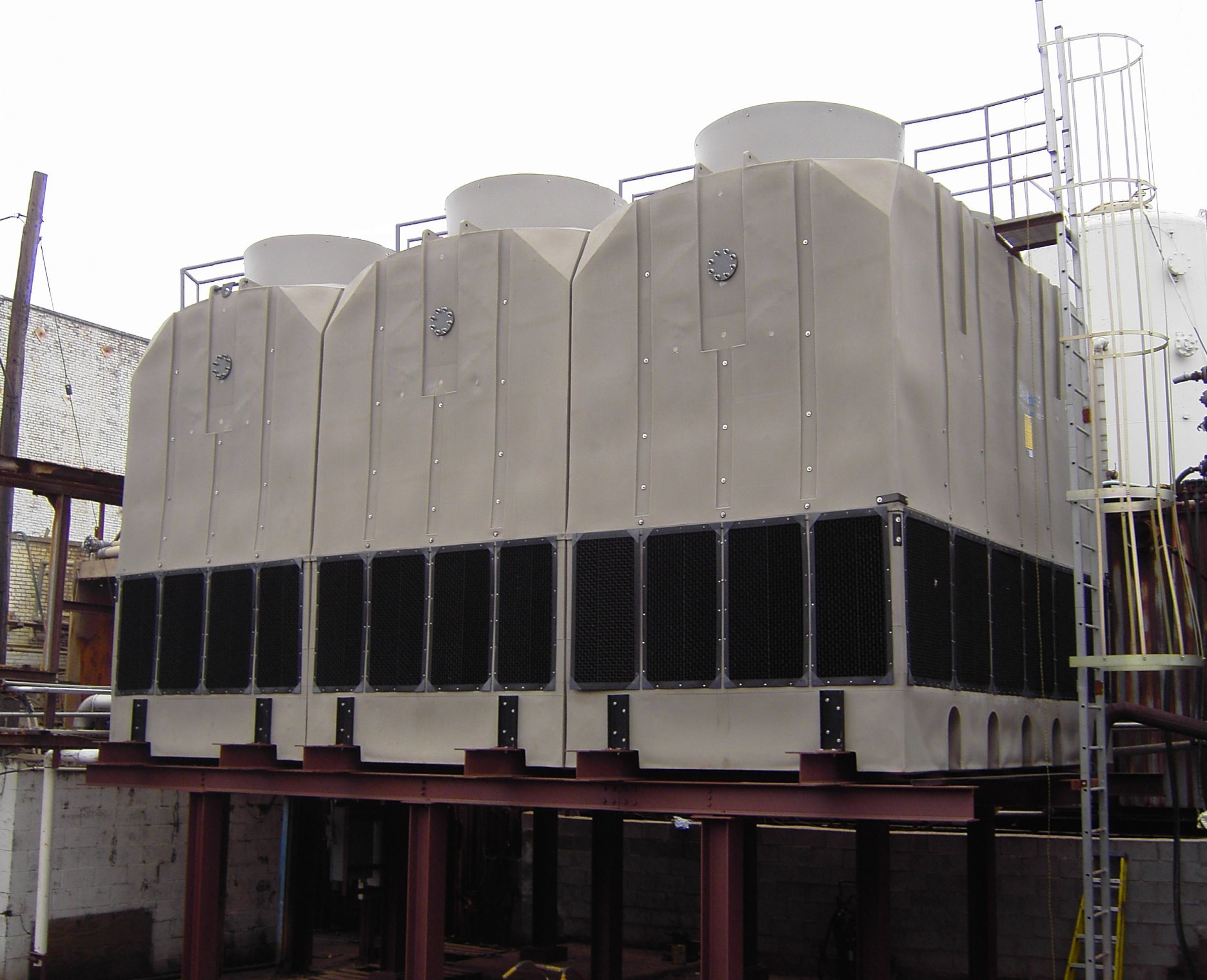With the growing population around the world, and new developments in technology, our need for material goods is growing as well. The industrial sector has had to compensate for this need by increasing their production, but the processes required for production create a great deal of heat. Cooling towers were cr eated to take care of this excess heat and safely transfer it into the environment.
eated to take care of this excess heat and safely transfer it into the environment.
There are many different sizes and types of cooling towers, but the largest and most important are found at large industrial plants like nuclear power plants, chemical refineries, oil refineries, etc. These are called hyperboloid towers, and they are the largest.
A cooling tower uses the process of heat exchange to relocate heat from one liquid to another. The term cooling tower describes both open and closed circuit cooling towers. Closed circuit or dry cooling towers have two separate fluid circuits. A tube transferring the heated water is hit with cold water. The heat is transferred through the tube, and released into the air. Open circuit towers expose the heated water to the open environment, and cools it through the process of evaporative cooling. The heated water flows openly over a labyrinth-like packing or fill, which provides it lots of surface area for contact with the air. The cooled water is collected in a pan at the bottom of the tower.
Some towers combine the process of open and closed circuit cooling. Also, different towers use both natural and forced draft cooling, which require different amounts of energy. Read about the advantages of choosing Delta Cooling Towers on our website and get in touch with your questions with an authorized Rep in your area.
From our low maintenance design to our manufacturing process to excellent customer service, we're sure you'll be pleased with our superior cooling towers, every step of the way. Get a quote